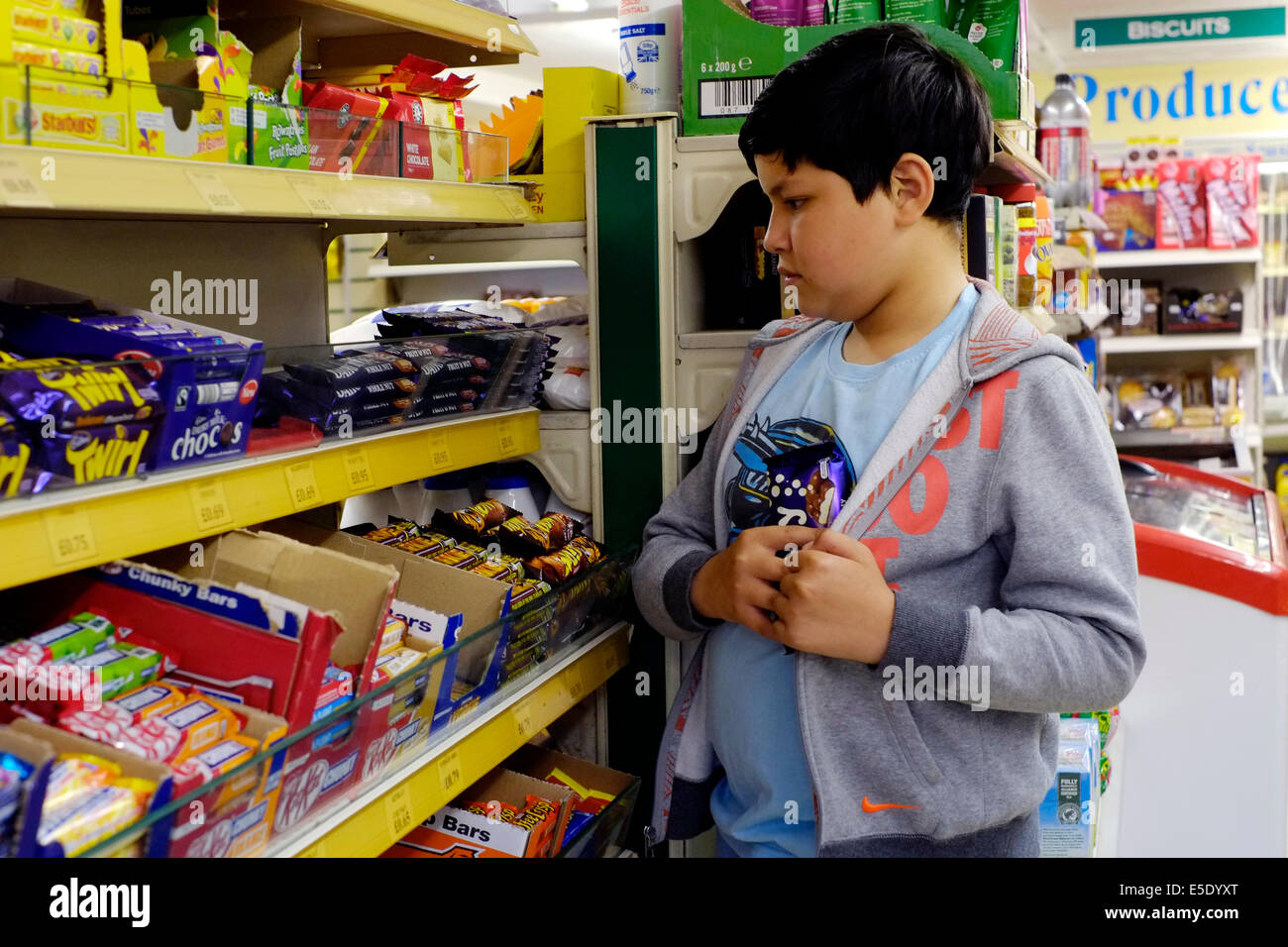1. WORD BY WORD

Chemical substances, by Ana Belén Ríos
I would begin with a compound relatively easy,
for example: sodium chloride or common salt (NaCl).
The first time, my students
should guess how many words they see in this compound, even though those words
do not have to do with chemistry.
Secondly, I would try to make it a little bit
difficult in order to discover different compounds and chemical elements. For
instance, sodium bicarbonate whose chemical formula is NaHCO3.
Inside this compound, you can work out chemical compounds as carbonic acid,
sodium carbonate, carbon dioxide and elements as carbon, hydrogen, oxygen and
sodium. In this way, this activity can be as difficult as you want due to the
variety of chemical substances.
Finally,
with the original compound, in this case NaHCO3, the students should
explain a little bit about each element, physical and chemical characteristics
and write chemical formulas they name in the paragraph above.

2. CRIMES AND CRIMINALS

by, Gloria Díaz
-
Working
with pictures
This is an
activity I have used with my Year2 ESO students to introduce unit 9 in our
book, called “Crimes and criminals”.
As a warm-up
activity I have shown them some newpaper headlines containing the key words of
the unit (i.e. different types of crimes) as well as some pictures showing
people comitting those crimes. Students then had to match the headlines to the
pictures.
As a
follow-up activity I have chosen one of these pictures (the one showing a
shoplifter) and I have asked students to imagine that the person in the picture
had been arrested after leaving the shop. They were police officers and had to
interview this person.
I have given
students some time to work in pairs to prepare questions (5minutes), and after
that we have done a role-play where one student was the shoplifter and had to
answer the police questions. (For a large group of students I would divide the
class in groups and ask one student per group to be the shoplifter so as not to
have one single student having to face the whole class).

Students have found this
activity good fun and what is more, everybody has participated, either
preparing questions or asking them. They were all very interested in the
reasons why the shoplifter had done so.
The most difficult part has been
getting students to take turns to speak and listen to one another. The student
playing the role of shop-lifter was quite fluent and has had no diffculty answering the questions.
Apart
from helping students focus on the topic of the unit, the activity has been
useful to practise question forms, which they find hard many times. After the
role-play I have asked students to choose three questions and answers from the
role-play, copy them and turn them into reported speech for homework.
(Some writing assignments can follow
the activity, like writing a news report about the story, writing an email
to friend explaining what happened to
the shoplifter, writing an entry of the shoplifter’s diary describing the day…)

At the end of
the activity I have asked “police officers” to agree on a punishment for the
shoplifter. Before doing so, I have showed them the above picture whose meaning
they had to explain.
(Another
activity that could be done at this point is to get students to design signs to
be put up in a shop or supermarket to prevent shoplifers from stealing. They
must contain fun, original messages, like the one in the example)
Finally, in
groups of four I have let students some time to discuss the following
questions: “Is shoplifting a problem in your town?”, “do you know anybody who
has ever stolen anything from a shop?”, “what advice would you give to a friend
who steals?”
I have
monitored the class walking around helping with vocabulary problems and making
sure everybody was speaking English. After some ten minutes we have put answers
in common.
3. A PICTURE, by Rosa M. de Pedro
* Individual work I gave them a piece of paper.
* In this
activity the students will write a story with the help of the picture and some
questions and answers written by them about this picture.
1.- I looked for a picture:
I chose this picture among the others because I
liked it, and the students would be able to focus their attention on different
things, people, vocabulary …
2.- I explained the activity in 5 steps:
a) I told my students to watch
the picture on the screen, to ask questions about the picture and to write
them down. They could write 10 or more questions.
Time: 7 minutes.
They
didn’t know exactly what to do, they were surprised. I repeated the same
explanation again and I told them to focus either on the whole picture or in
one of the things or people in it. They should think about all the questions
they wanted to know related to the picture.
The students had a lot of questions about the
vocabulary which they wanted to use in their questions.
Some of their questions were: How do you say: cubo, cuadro, gorra, pulpo,
pelar …?
b)
Then I told my students to answer
their questions. Time 7 minutes.
They were surprised again and they told me that
they didn’t know the answers, so I told them to imagine the answers. They asked
me with surprise if they really could invent the answers.
c)
The next step was to write their story with their answers. Time 7
minutes.
They were surprised again and asked: How can I join
all my answers?
I told the students to be careful with the
verbs and the tenses that they were writing, with the links that we have
already learned… (Focus on Grammar)
They asked me questions such as: How do you say “Había una vez”, mas tarde…?
d)
I told them to write the title for their story. Time: 30 seconds.
e)
They had to read their stories to the rest of the class.
3.- My students’ opinion.
They enjoyed the activity very much. They said
that they had fun with it, and it was amazing and much better than using their
student book.
4.- My opinion.
I am very glad with the result of my students’
work. They paid a lot of attention and they showed me great interest for the
activity. I am happily surprised.
The stories were different and very good, with
a variety of topics. Some of their titles were: “ My cousin Addison’s new
life”, “Father’s restaurant”, “Elisabeth’s ordinary life”, “The onions”, “Alex
and I in a sunny day”, “No drugs”…
The only problem was a talkative student who
was interrupting constantly, and making comments about what he was writing…
With this behavior and with his comments he got that the students who were near
him, wrote their stories with the same topic as he did. These students couldn’t
develop their own ideas.
When Shawn showed us this activity I knew that
it would be a good theme for the writing activities in the class because a picture made you think about a lot of
ideas, you can build the story easily and you are not aware of this, when you
answer the questions you get your story, everything flows naturally.
4. ANIMAL RIGHTS, by Sara Acebes
Class: 2nd ESO BILINGUAL/ 10 STUDENTS
I have prepared an activity related to one the topics of the unit we are studying at the moment which is about cruelty to animals.
4. ANIMAL RIGHTS, by Sara Acebes
Class: 2nd ESO BILINGUAL/ 10 STUDENTS
I have prepared an activity related to one the topics of the unit we are studying at the moment which is about cruelty to animals.
Look
at the picture and think of words that can describe it
NOUNS
|
VERBS
|
ADJECTIVES
|
ADVERBS
|
·
Use the words to write a short story
about what has happened to the dog in no more than 60 words.
·
This photo is going to be used in a
campaign to prevent the abandoning of pets. What title would you use?
How did I set
it up?
As I have
explained before, we have read a text about cruelty to animals, and I browsed
the Internet to find a photo that was related to that topic. I liked the photo
I have included because there was a story behind it.
I really liked
the activity in which you had to think of the words to describe the picture. I
think it’s great because students can describe a picture more thoroughly if
they think about the vocabulary they need beforehand.
I first showed
the picture to the students and asked them to describe it in a few words, then
I told them to write the words they could think of which would help them
describe it. (They
did this activity in pairs.) Afterwards, I asked
them to make up a story about the dog in the picture. They had to discuss it in
pairs before writing anything. Finally, each pair told the story to the rest of
the students.
And to finish
the activity they had to write a SLOGAN for the picture, which was going to be
used in a campaign to prevent cruelty to animals.
The students
enjoyed the activity and were involved in the class.
5. GOING GREEN, by Cristina González

ACTIVITY: PHOTOGRAPHS
5. GOING GREEN, by Cristina González

ACTIVITY: PHOTOGRAPHS
We are starting a new
unit- Going Green- and I thought it could be a great starting point.
First, I wrote down
on the blackboard the things we were going to do/ work for those 45 minutes.
Second, I showed them
some photographs on the whiteboard:
Ø
A
girl carrying a box full of plastic bottles.
Ø
Different
recycling bins. ( blue, green, yellow and red)
Ø
A
red double- decker bus
Ø
A
girl riding a bike
Ø
A
graffiti
Ø
Some
sky- crappers beyond a park
I explained to them
we were going to do a brainstorm exercise, just saying what they could see in a
minute.
In the moment I set the clock at the corner of the whiteboard, their bodies reacted. It was as
if they were ready for a race. Ready, steady, Go!
It was amazing to
check how many different words they said.
Thirdly, I stood out
the double- decker bus photograph. I asked them where they thought the bus came
from. And the same method again: in one minute.
All of them said a
place and I didn’t say if it was right or not. In the end, I said to them that
four of them were right and I asked them to stand up. I asked them to tell me
how they had guessed it:
Ø
The
colour
Ø
The
symbol of pounds
Ø
Two
floors
Ø
The
number plate (I had to helped them with this word)
Ø
The
steering wheel (I had to helped them with this word)
After this activity,
the students worked in groups of three. They had to tell why they thought
there was a photo of a bike and a photo of a bus, and how they normally moved
around.
I set the
watch again.
While they were
preparing it, I was going around the class, monitoring them, giving them some
help if necessary.
After two minutes I
asked for volunteers.
This part was not
very quick at the beginning, actually. They were afraid or shy; however, after
being encouraged, they started their short speeches.
I think they felt ok
with that.
Finally, I asked them
to try to guess the word I was thinking at that moment. It I gave them some
clues, of course. They guessed it and we clapped like in a contest.
I wrote the word on the blackboard.
Ø
PARADISE
The last word game:
how many words can you see in PARADISE?
The watch gave the groups
2 minutes to find words, which later were scored if they were not repeated.
This activity was
great for them too, although, to be honest, the words they found were not too
long.
For homework, because
we ran out of time, I asked them to think about what they have learnt: “Think
about your learning”.
3 things you learnt
today
2 examples of what
you learnt today.
1 question you still
have.
The experience with
this session has been very positive. We all enjoyed a lot and they have learnt
and reviewed a lot of vocabulary. This kind of cooperative activities allow
them to speak without the pressure of being observed individually, which makes
them feel so uncomfortable.




No hay comentarios:
Publicar un comentario